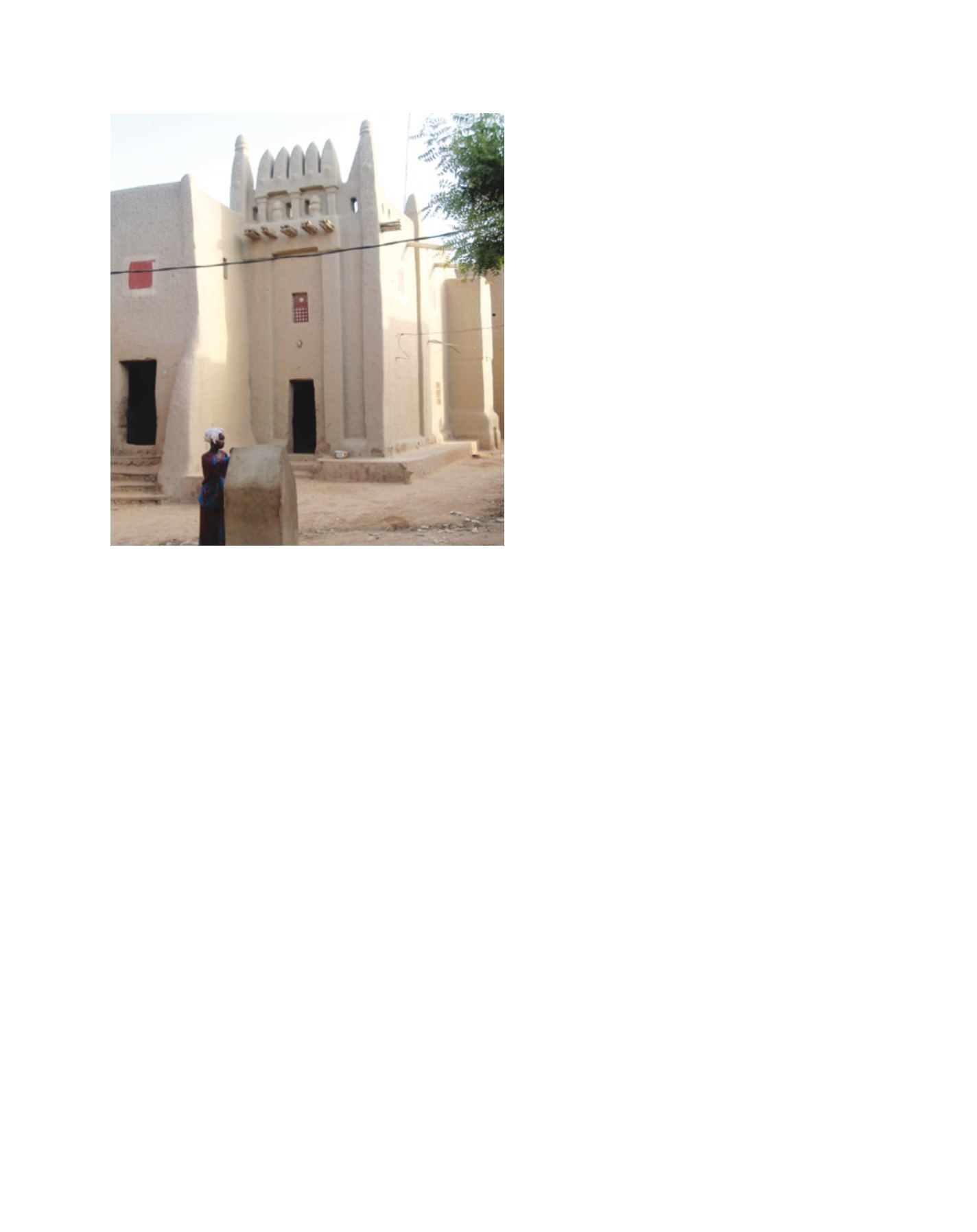

[
] 254
W
ater
C
ooperation
, S
ustainability
and
P
overty
E
radication
director of the United Nations Educational, Scientific and Cultural
Organization (UNESCO) division of water sciences, I designed
the concept of an international and interactive electronic network
open both to water and anthropology professionals. The result-
ing Network of Water Anthropology (NETWA) was endorsed in
June 2002 by the 6th Programme of the International Hydrological
Programme to fit into its proposed new paradigm and themes.
The paradigm was based on the integration of culture, in its broad
meaning, in water sciences and their practical applications, with
themes including Water and Society; Water, Civilization and Ethics;
Water Education and Building Local Capacities; and particularly
Institutional Development and Creation of Networks for Water
Education and Training. I presented the framework during the
third World Water Forum in Kyoto in 2003, in the session titled
Translating the Cultural Dimension of Water into Action, and
during the fourth World Water Forum in Mexico, 2006, focused on
Local Actions for a Global Challenge.
2
When I was assigned to go to Mali as a UNESCO Senior Expert
consultant, working in the frame of World Heritage, Professor
Szollozi-Nagy thought it appropriate to root the NETWA project
in this Sahelian country. Mali is one of the poorest countries in the
world; it also faces the cruel impacts of climatic change, droughts and
floods affecting local people’s health and resources. A few decades ago,
the Niger river had made Mali the storehouse of West Africa for cereal,
fish, rice and meat, but today it barely feeds its own. Today, the river
is collapsing under the weight of human action and natural effects.
Riverside societies survive thanks to internal and external migration.
Those staying on its banks try to adapt to climate change through the
diversification of their activities (for example, choosing agriculture
over commerce). The Dean of the Faculty of Literature, Languages and
Social and Human Sciences at the University of Bamako,
Dr Salif Berthe, enthusiastically welcomed the NETWA
project
3
and mobilized human and material resources to
open a research centre on Water Anthropology as early
as February 2008, with the goal of promoting the cultural
practices of the Niger riverside societies.
4
In some places, the explosive growth of main water
and sewage systems designed by some international
cooperation projects has not improved local commu-
nities’ health and well-being. Mali is a region where
more than three quarters of the population live below
the poverty line and literacy and healthcare indices are
among the worst in the world. The two-storey houses of
the city of Djenné (listed as a UNESCO World Heritage
Site in 2005) are built exclusively of mud bricks
5
and
their stylish Sudanese architecture includes dry toilets
in cabins on roof terraces, usually on the second floors.
The excreta are stored in pipes built along a parapet
wall, covered with the same mixture of laterite mud and
organic material which is oil-soaked to increase tensile
strength and render the roofs impermeable. This is the
same material used to coat the walls of the houses.
In this semi-arid area, with low annual precipita-
tion and dry seasons lasting for 8-11 months a year,
temperatures can reach more than 40° C and are rarely
below 32° C. About every 20 years, the dry toilet wall is
opened and its contents collected and used as compost
in the fields. In the same way that solar radiation is used
for disinfecting water, and recommended by the World
Health Organization as a viable method for household
water treatment and safe storage, this traditional sanita-
tion technology uses cumulative solar energy that can
raise the temperature far above 50° C inside the storing
pipe, thus destroying the cell structures of bacteria. By
not ejecting excreta in the streets, the system limits
faecal contamination in the city.
A scientific study of the technology, involving the
local masson masters and aimed at scientifically updating
this traditional sanitation system, would have avoided
various inappropriate sanitation measures that have been
used – the open channels for the disposal of wastewater
and rainwater, and the easily breakable modern pipes
and collector lids designed by ‘North’s experts’ alone.
Deeper channels are traps into which infants, ageing
people and cattle fall, and some drown. All have been the
direct cause of numerous avoidable pathogens in the city,
namely in ascending order (according to the local health
centre): malaria, diarrhoea, leptospirosis (rats feeding
in the accumulation of waste) and cholera, which peak
when the channels overflow during the rainy season –
not to mention the harmattan winds that carry germs
that spread eye infections, colds and meningitis, and a
scarcity of labour that is badly needed to meet the local
community’s basic needs.
Let us hope that Mali will soon regain its traditional
peace and that the installation of new water and sani-
tation systems as planned by the Aga Khan Trust for
Culture will restore Djenné’s cultural splendour. Better
late than never.
Djenné’s stylish Sudanese architecture includes dry toilets in cabins on the roof
terraces of houses
Image: C. Brelet


















